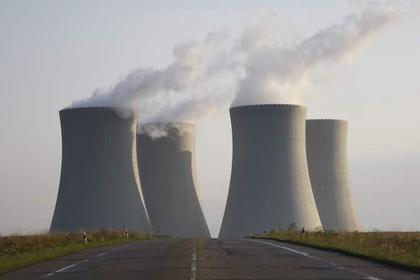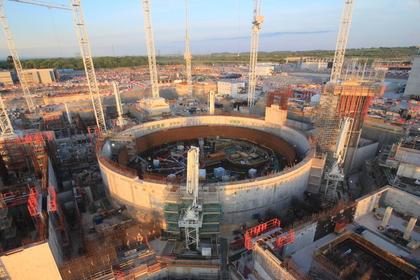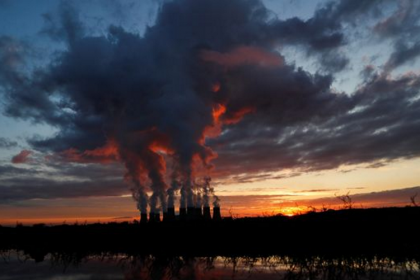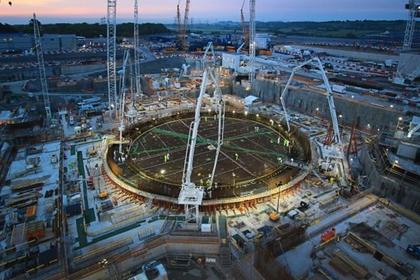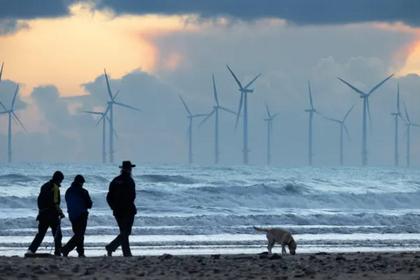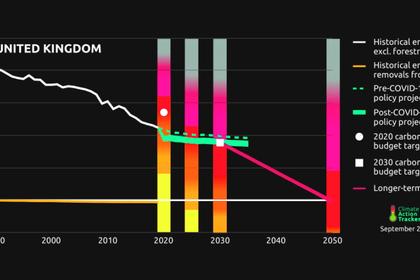
BRITAIN'S FUSION PROGRESS
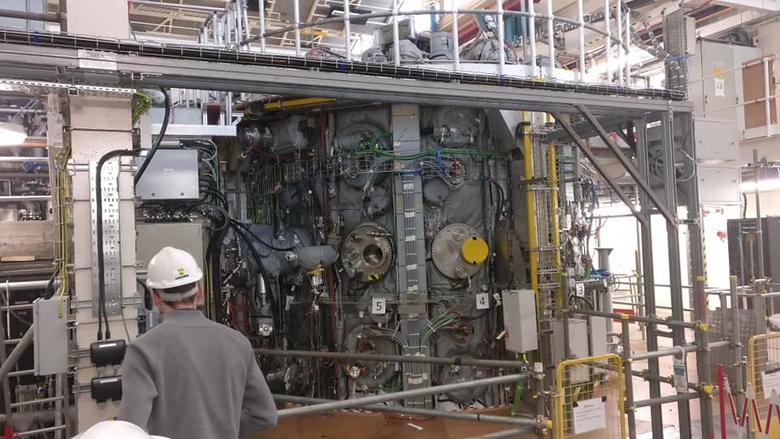
N - 27 May 2021 - Scientists at the UK Atomic Energy Authority (UKAEA) “have successfully tested a world-first concept that could clear one of the major hurdles in developing fusion energy”, UKAEA said on 26 May. Initial results from UKAEA’s new ‘MAST Upgrade’ experiment at Culham, near Oxford, have demonstrated the effectiveness of an innovative exhaust system designed to make compact fusion power plants commercially viable.
Using a tokamak, a fusion power station will heat a gas, or ‘plasma’, by fusing atoms of hydrogen isotopes deuterium and tritium together to release energy that can generate electricity. “A key challenge in getting tokamaks on the electricity grid is removing excess heat produced during fusion reactions,” UKAEA notes. Without an exhaust system that can handle this intense heat, materials will need to be regularly replaced reducing plant operating time.
The new system, known as a ‘Super-X divertor’, would allow components in future commercial tokamaks to last for much longer; greatly increasing the power plant’s availability, improving its economic viability and reducing the cost of fusion electricity.
Tests at MAST Upgrade, which began operating in October 2020, have shown at least a tenfold reduction in the heat on materials with the Super-X system. UKAEA says this is a game-changer for achieving fusion power plants that can deliver affordable, efficient electricity.
UKAEA is planning to build a prototype fusion power plant – known as STEP – by the early 2040s, using a compact spherical tokamak. The success of the Super-X divertor is a huge boost for engineers designing the STEP device, as it is particularly suited to the spherical tokamak.
MAST Upgrade is funded by the UK Government’s Department for Business, Energy & Industrial Strategy, the Engineering & Physical Sciences Research Council (EPSRC) and the EUROfusion consortium. UKAEA’s Lead Scientist at MAST Upgrade, Dr Andrew Kirk, said: “These are fantastic results. They are the moment our team at UKAEA has been working towards for almost a decade.
We built MAST Upgrade to solve the exhaust problem for compact fusion power plants, and the signs are that we’ve succeeded.”
He added: “It’s a pivotal development for the UK’s plan to put a fusion power plant on the grid by the early 2040s – and for bringing low-carbon energy from fusion to the world.”
Science Minister Amanda Solloway said it was an incredible breakthrough for fusion energy in the UK. “Just seven months since MAST Upgrade was powered up, it may already have found a solution to one of fusion’s greatest challenges.”
EPSRC Executive Chair, Professor Dame Lynn Gladden, said these first results from the MAST Upgrade project demonstrate that fusion as an energy source has the potential to radically change the world’s energy supply.
Referring to the International Thermonuclear Experimental Reactor (Iter) under construction in France, UKAEA CEO Professor Ian Chapman said, while it would be crucial for demonstrating the feasibility of bringing fusion power to the grid, Iter's size and cost meant that "if every time you wanted to build a unit, you had to raise that sum of money, then the penetration into the market would be determined by economics, not technology".
The Mast Upgrade seeks to devise a template for more compact, cheaper fusion reactors such as the spherical tokamak. However this poses problems. "You're making something that's hotter than the Sun... in a smaller volume. How you then get the heat out becomes a big challenge," Chapman noted. The new exhaust system toes some way towards addressing this, as tests at Mast Upgrade have shown at least a tenfold reduction in the heat on materials with the Super-X system.
-----
Earlier:
